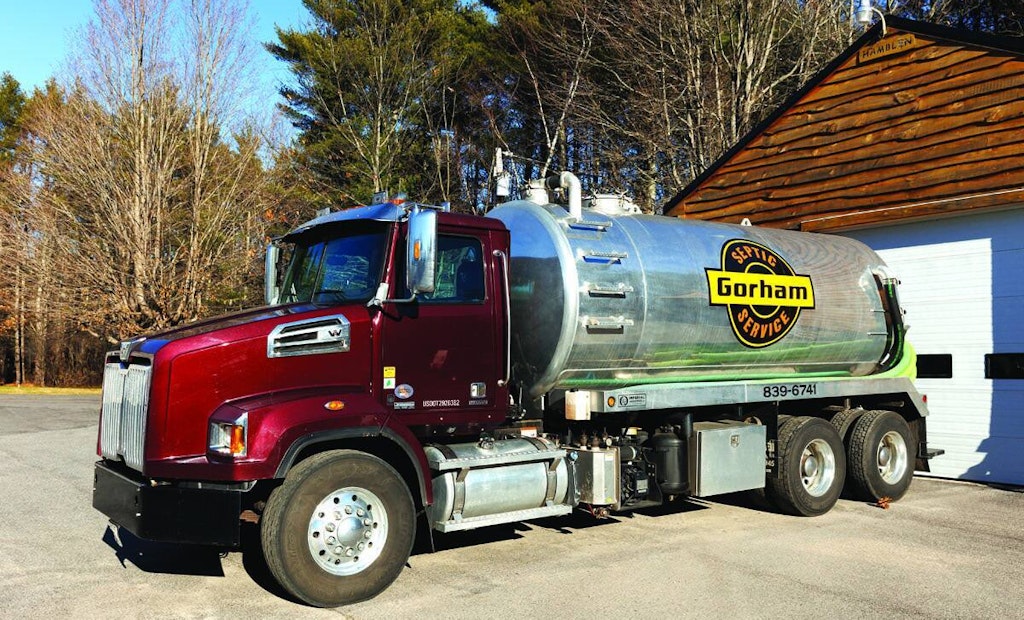
The newest money maker for Gorham Septic Service is a 2020 Western Star with a 4,000-gallon aluminum tank built by Imperial Industries. The truck features a Challenger 887 pump from National Vacuum Equipment.
It’s sunny springtime and I recently completed a cross-country driving trip, logging about 5,000 miles on our interstate expressways and smaller state and two-lane county roads, sharing the asphalt with thousands of skilled, professional truck drivers hauling everything from...





